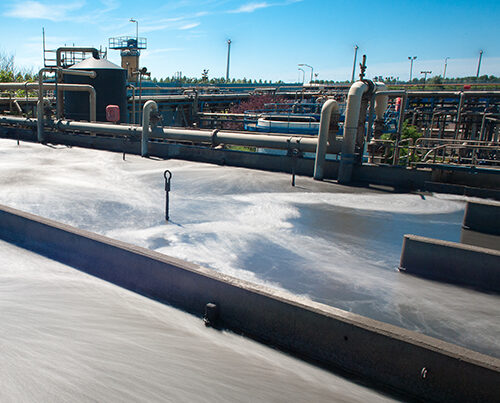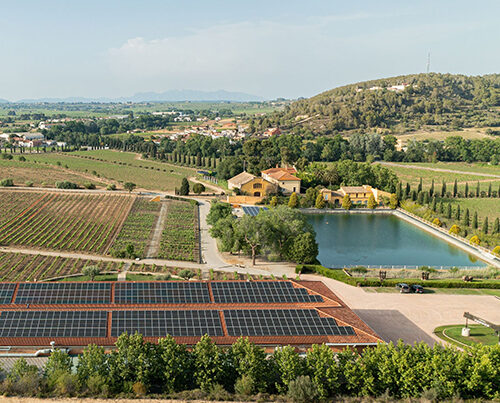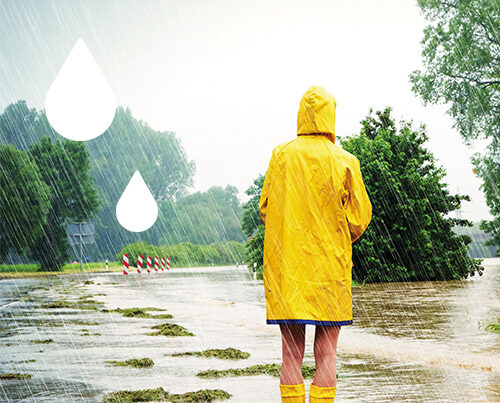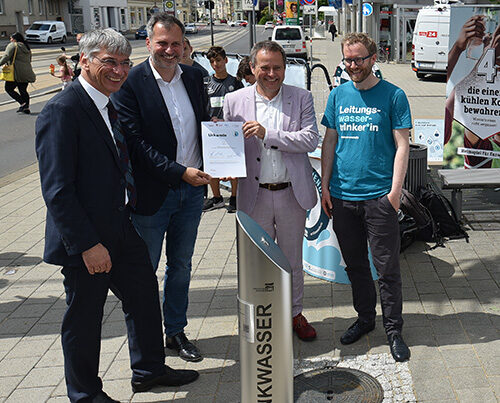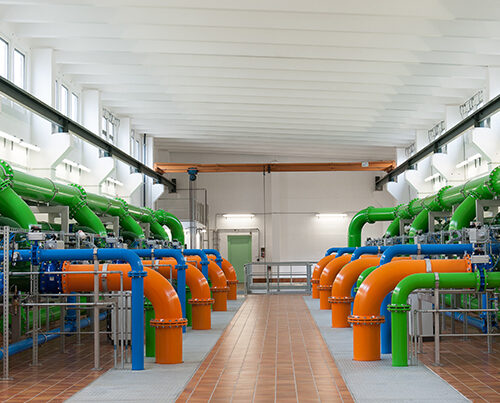A wide range of tasks
Over the last few decades, sewage treatment plants have become a real jack of all trades. Besides treating wastewater, modern sewage treatment plants act as a barrier for pollutants, recover minerals (such as phosphorus) and supply energy. They are, therefore, making an ever greater contribution towards sustainability and the circular economy. At the moment, they are even helping to fight Covid as tests carried out on wastewater samples provide valuable information about where the infection is most rampant.
Extensive wastewater monitoring activities
This not the first time, however, that wastewater monitoring has been used to identify and track the origins of trace substances, i.e. microscopic particles. At the end of the day, such plants must know the exact composition of their wastewater to be able to treat it in the best possible way. Monitoring wastewater to detect pathogens is, therefore, not new. As a general rule, the wastewater processed by a sewage treatment plant reflects the state of health of the local population; in the past, for example, these plants have picked up waves of infections, such as hepatitis and norovirus. Their wastewater samples enable on-the-spot information to be gathered about infection hotspots and the spread of infection – and can be used as an early warning system, for example, for new outbreaks in city districts most badly affected.

Monitoring wastewater to detect pathogens is not new. And this is true for coronavirus as well. REMONDIS is collaborating closely with its partners to test wastewater samples: in more than 20 municipal sewage treatment plants.
And this is true for coronavirus as well. REMONDIS is collaborating closely with its partners to test wastewater samples: this applies to more than 20 municipal sewage treatment plants operated by EURAWASSER, a fully owned REMONDIS Aqua subsidiary. Just one example here is the Cottbus sewage treatment plant which is closely monitoring coronavirus to track how this pathogen develops over time. To be able to do this, Lausitzer Wasser GmbH & Co. KG, a EURAWASSER company, entered into a cooperation with the Helmholtz Centre for Environmental Research (UFZ) in Leipzig, the TU Dresden and the DWA [German Association for Water, Wastewater and Waste] in November 2020. The goal here is to monitor the behaviour of the virus in real time and, by doing so, determine the infection rate in the population. REMONDIS is also making the most of the in-depth sampling, analysis and service know-how of its own accredited laboratory, AQS (Aqua Service Schwerin Beratungs- und Betriebsführungsgesellschaft mbH), for this project.
100,000 climate-neutral natural gas cars could be run for a year with the amount of biogas generated by REMONDIS each year.
Sewage treatment plants can do more
Nowadays, however, a modern sewage treatment plant is not just a source of information about trace substances. It also performs many other functions including that of a raw materials supplier. Sewage sludge contains valuable raw materials such as phosphorus. With its patented REMONDIS TetraPhos® process and
REMONDIS Aquatic Mining®, the company has developed two innovative solutions for the circular economy. What’s more, there is also a great deal of energy hidden in sewage sludge: biogas can be generated from this material in digesters that can then be transformed into climate-neutral energy in combined heat and power units. This, in turn, can be used as a source of energy for the sewage treatment plant itself or fed into the gas network as carbon-neutral biogas. The amount of biogas generated by REMONDIS each year is enough to keep 100,000 climate-neutral natural gas cars on the roads for a year.
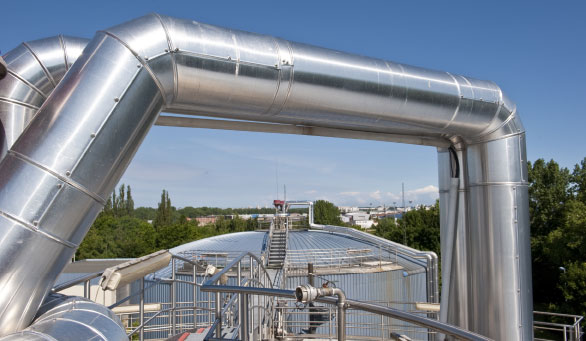
“Nowadays, sewage treatment plants are complex technological operations that enable us to use the wastewater to recover valuable resources, produce sustainable energy, gather important information to keep everyone healthy – and, of course, to supply clean water.”
Michael Figge, Managing Director of EURAWASSER Goslar
Energy from wastewater
A further innovative energy generation project began at EURAWASSER Goslar’s site back in 2014: the microbial fuel cell, BioBZ. Collaborating with the Clausthaler Umwelttechnik Forschungszentrum (CUTEC) and a number of other institutes, EURAWASSER has been looking closely at the potential of producing this green energy. It has already been determined that it is possible to produce electricity as a result of the organic substances in the wastewater being biologically broken down.
All of which demonstrates that sewage treatment plants can offer much more than simply treating wastewater. Michael Figge, managing director of EURAWASSER Goslar, explained: “Nowadays, sewage treatment plants are complex technological operations that enable us to use the wastewater to recover valuable resources, produce sustainable energy, gather important information to keep everyone healthy – and, of course, to supply clean water.” The key here: to keep a close eye on all trace substances.
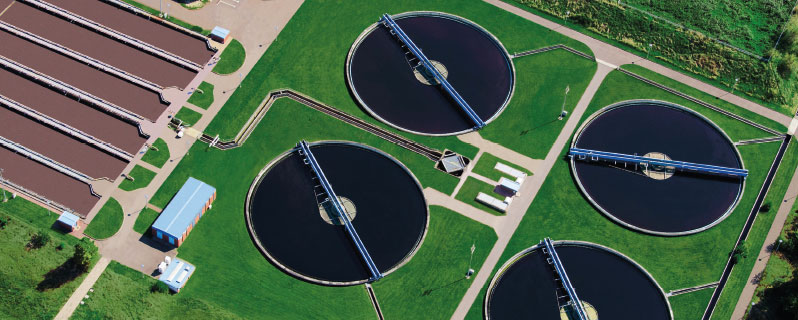
Nowadays, a modern sewage treatment plant is not just a source of information about trace substances. It also performs many other functions including that of a raw materials supplier
Image credits: image 1, 3: © ULRICH MERTENS; image 2: © REMONDIS








